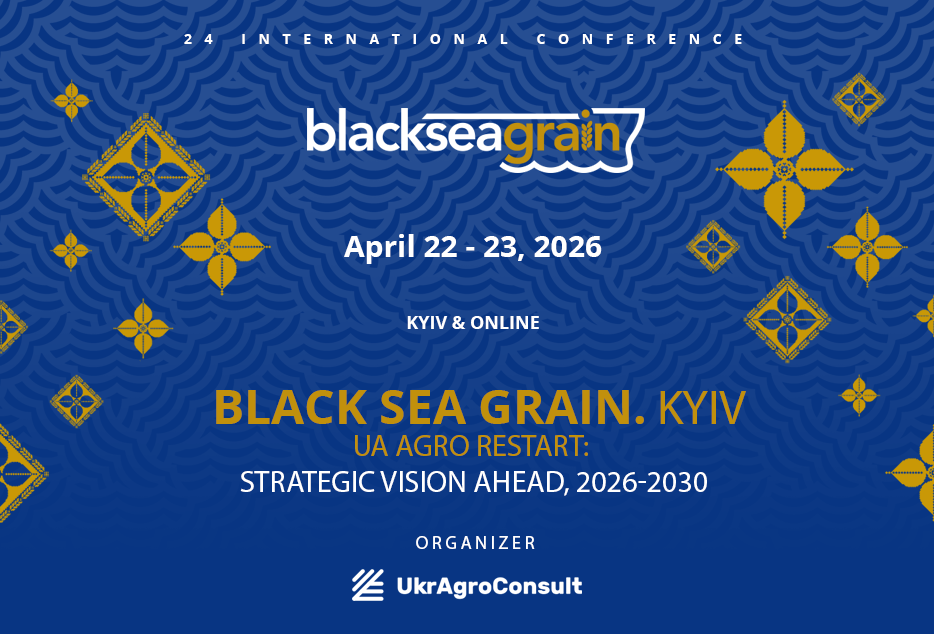Malaysian palm oil higher

Malaysian palm oil futures settled more than 3% higher on Wednesday, buoyed by stronger rival edible oils and production concerns, while increased buying ahead of a major industry conference also supported prices.
The benchmark palm oil contract for May delivery on the Bursa Malaysia Derivatives Exchange gained 169 ringgit, or 3.75%, closing at 4,673 ringgit ($1,052.95) a metric ton, after reaching an intraday high of 4,695 ringgit. The contract fell 0.84% in the previous session.
The palm oil market is on a positive trajectory in unison with the rise in the Dalian and Chicago markets, said Paramalingam Supramaniam, director at Selangor-based brokerage Pelindung Bestari.
“We are also seeing good buying interest likely being driven by position covering ahead of
next week’s global edible oils industry conference and concerns about the weather’s impact on production in East Malaysia,“ he said.
In its February 16 forecast, the Malaysian Meteorological Department said that a monsoon surge will likely affect the country from February 21-25 with continuous heavy rains in East Malaysia and the eastern states of Peninsular Malaysia.
Dalian’s most-active soyoil contract added 0.84%, while its palm oil contract climbed 1.68%. Soyoil on the Chicago Board of Trade (CBOT) gained 1.63%.
Palm oil tracks the price movements of rival edible oils as it competes for a share of the global vegetable oils market. Oil prices edged up amid worries of oil supply disruptions in the US and Russia, and as markets awaited clarity on the Ukraine peace talks. Stronger crude oil futures make palm a more attractive option for biodiesel feedstock.
The European Union’s soybean imports for the 2024-25 season, which began in July, reached 8.62 million tons by February 16, up 11% year-on-year, while palm oil imports totalled 1.78 million tons, down 21%.
The ringgit, palm’s currency of trade, strengthened 0.11% against the US dollar, making the commodity slightly more expensive for buyers holding foreign currencies.
For almost 30 years of expertise in the agri markets, UkrAgroConsult has accumulated an extensive database, which became the basis of the platform AgriSupp.
It is a multi-functional online platform with market intelligence for grains and oilseeds that enables to get access to daily operational information on the Black Sea & Danube markets, analytical reports, historical data.
You are welcome to get a 7-day free demo access!!!
Write to us
Our manager will contact you soon



